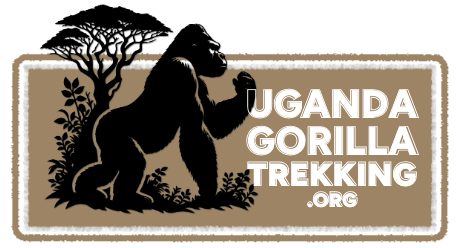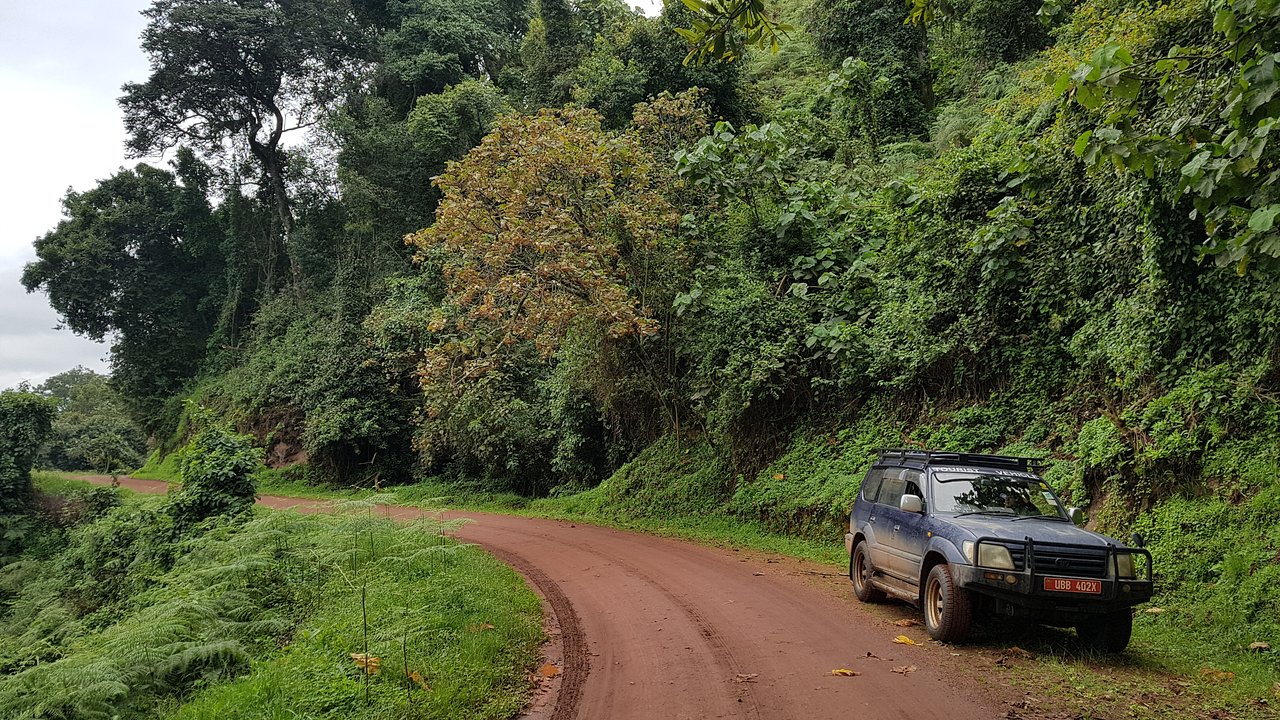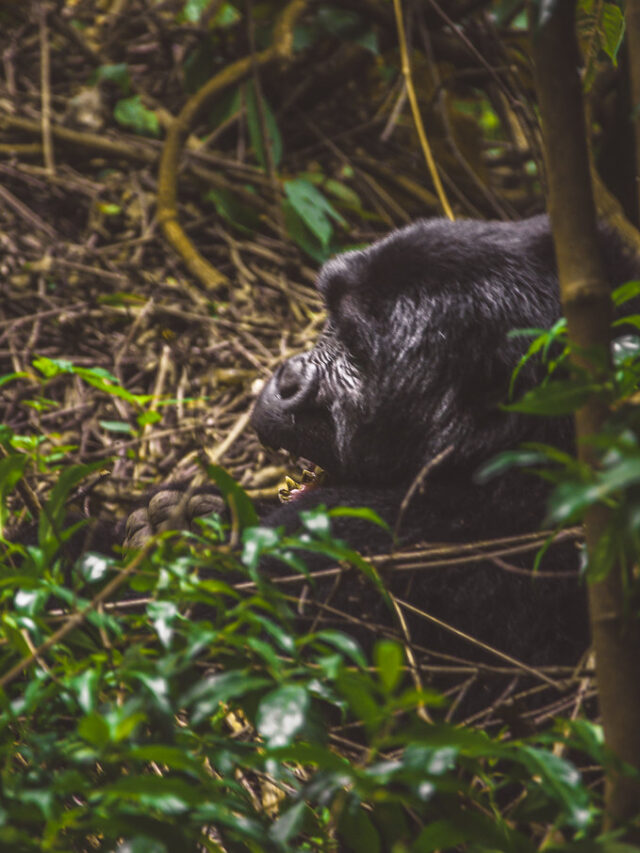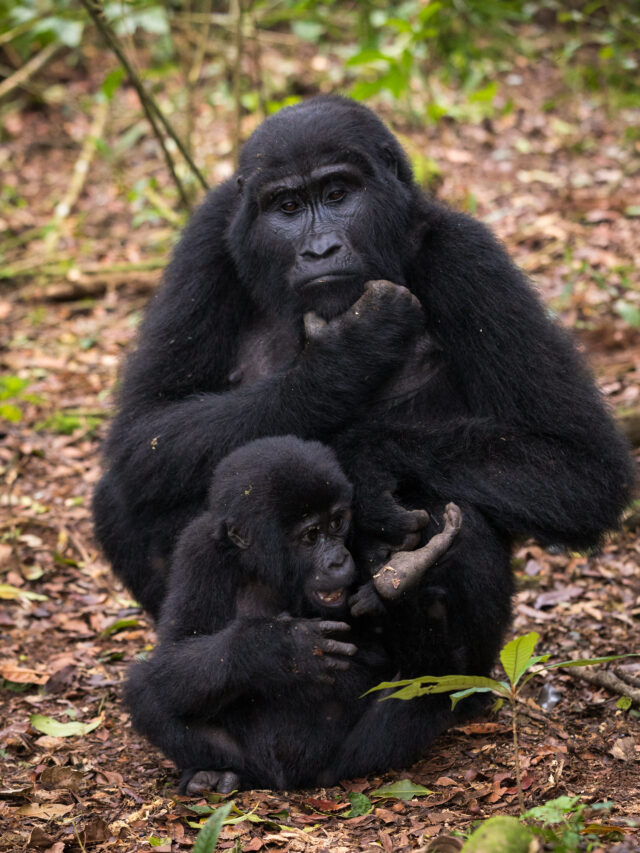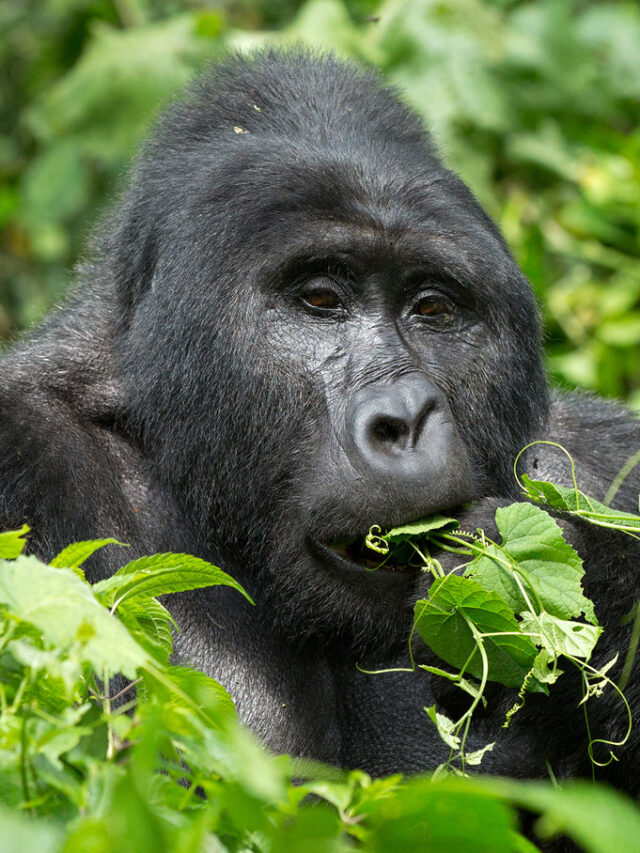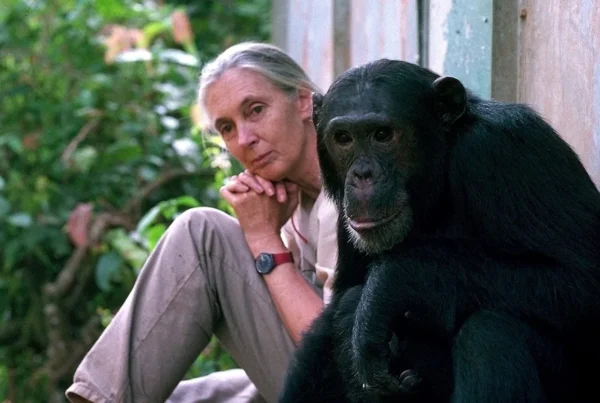Self-Drive Gorilla Trekking in Uganda: Your Road to the Wild Begins Here
There’s a special kind of freedom that comes when you’re behind the wheel in Uganda — the windows down, the scent of tropical air mixing with the mountain breeze, and the journey to the gorillas unfolding with each turn of the dusty road. A self-drive safari isn’t for everyone. But for the traveler who seeks independence, adventure, and a deeper, more personal connection with the land, it may be the most rewarding way to experience one of Africa’s most iconic wildlife encounters: gorilla trekking.
In this article, we explore the full picture of what it means to take on a self-drive gorilla trekking safari in Uganda — from the thrill of navigating your own route through remote rainforests to the practical details of permits, vehicles, and safety. Whether you’re a seasoned overlander or a curious first-time road tripper, the wild roads of Uganda are calling. Let’s map out your way.
Why Choose a Self-Drive Safari for Gorilla Trekking?
The first and perhaps most powerful reason is freedom. On a self-drive safari, your itinerary is your own. You can linger at Lake Bunyonyi after a morning paddle, take the long scenic route through the terraced highlands of Kigezi, or stop to chat with locals selling pineapples and jackfruit along the roadside. You’re not tied to a guide’s schedule or tour group timelines — you create your own pace, your own stops, your own story.
Second, it’s about immersion. Driving through Uganda offers a front-row seat to the country’s culture and geography. The transition from Kampala’s energetic sprawl to the cool highlands of Bwindi or Mgahinga is dramatic, and every hour behind the wheel teaches you more about Uganda’s rhythms, people, and landscapes than you’ll ever learn from the back seat of a tour van.
Finally, there’s cost-effectiveness. While self-drive isn’t always cheaper (especially if you’re hiring a top-tier 4×4 or camping setup), it can provide better value if you’re traveling as a couple, group of friends, or planning to combine gorilla trekking with other national parks like Queen Elizabeth, Lake Mburo, or Murchison Falls.
Choosing the Right Vehicle for the Journey
Uganda’s roads are a mix of paved highways, gravel rural roads, and rugged mountain tracks. If you’re headed for Bwindi Impenetrable National Park or Mgahinga Gorilla National Park — both of which sit in high-altitude terrain with winding, sometimes muddy routes — a 4×4 is non-negotiable.
Most travelers opt for Toyota Land Cruisers, Nissan Patrols, or RAV4s. Some rental agencies even offer rooftop tents for camping or pop-up roofs for easier wildlife viewing. Make sure your vehicle is equipped with a spare tire, jack, jumper cables, and GPS or offline maps. Some providers offer emergency assistance hotlines, which is essential when traveling in remote areas.
Always test the vehicle thoroughly before leaving Kampala or Entebbe. Check brakes, tire pressure, headlights, air conditioning, and lock functionality. And remember — in Uganda, you drive on the left.
Planning Your Route: Bwindi or Mgahinga?
Your gorilla trekking permit will determine your exact destination, so it’s crucial to secure your permit first, then plan your route and accommodation around it.
Bwindi Impenetrable National Park has four trekking sectors: Buhoma (north), Ruhija (east), Rushaga, and Nkuringo (south). The sectors are several hours apart by road, and most require different entry points. For example, if your permit is in Buhoma, the best approach is via Rukungiri or Kihihi. Ruhija is often accessed from Kabale. Rushaga and Nkuringo are best reached via Kisoro.
Mgahinga Gorilla National Park, home to the single Nyakagezi gorilla group, is located just outside Kisoro town. It’s more compact than Bwindi but offers stunning volcano views and quieter trails.
Pro tip: Aim to arrive at your lodge at least one day before your trekking date. Briefings start early (around 7:30 AM), and late arrival may cost you your permit.
Where to Stay on a Self-Drive Trekking Safari
Uganda has embraced the self-drive culture, and most gorilla trekking sectors now offer a wide range of accommodation options that cater to independent travelers. From budget-friendly campsites with hot showers and communal meals to luxurious lodges with forest views and in-house guides, you can find a base that fits your style.
Look for lodges that offer:
- Secure parking for your vehicle
- Early breakfast on trekking days
- Packed lunches for long treks
- Local trekking knowledge or ranger contacts
If camping is part of your adventure, consider community campsites near each sector. You’ll not only save money, but also support local projects that benefit from tourism.
Tips for a Safe and Smooth Self-Drive Experience
Carry Cash: Many rural areas do not accept cards. Have Ugandan shillings for fuel, food, tips, and emergencies.
Respect Road Rules: Speed limits are enforced, especially near towns and trading centers. Always carry your driver’s license (an international one is ideal) and vehicle documents.
Fuel Up Often: Fuel stations are sparse in remote regions. Always top up before leaving major towns.
Use Offline Navigation Apps like Maps.me or Google Maps with offline areas downloaded in advance.
Hire a Local Guide for Trekking Day: Even if you drive yourself, consider hiring a local guide or porter on trekking day. Not only does this support the community, but they can also help navigate tricky terrain and enrich your experience.
Travel in the Dry Season (June–September or December–February) for easier road conditions, but prepare for some rain year-round in the highlands.
Why Self-Drive Gorilla Trekking is Worth It
You’ll remember the gorillas forever — that moment when a silverback steps out of the mist and locks eyes with you, calm and powerful. But you’ll also remember the roads that brought you there — the roadside chapati in Mbarara, the misty descent into Kabale, the night sky over Lake Mutanda. These are the pieces of a journey that only self-drive can give you.
It’s not always smooth. The roads may challenge you. The signs may be scarce. But the rewards are immense. You’ll walk into the forest not just as a visitor, but as someone who traveled the land, felt its pulse, and met its people. A self-drive gorilla trekking safari in Uganda is the road less traveled — and that, as they say, makes all the difference.
